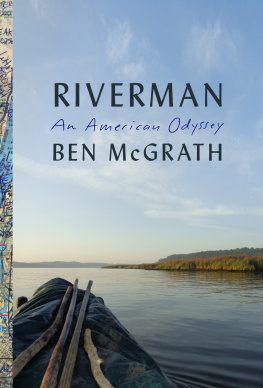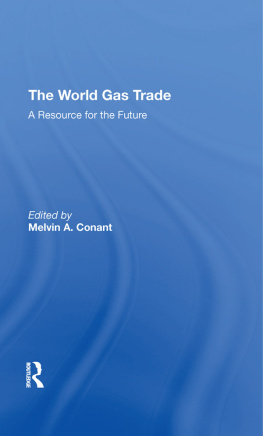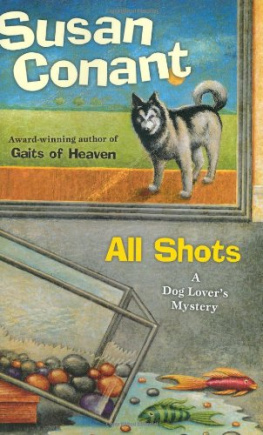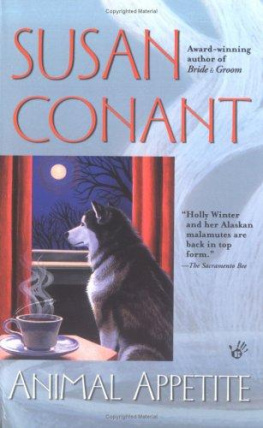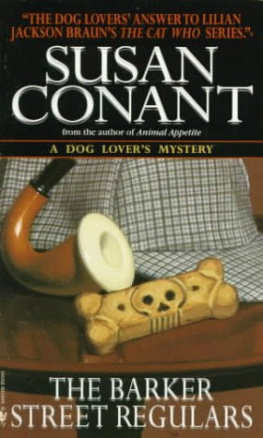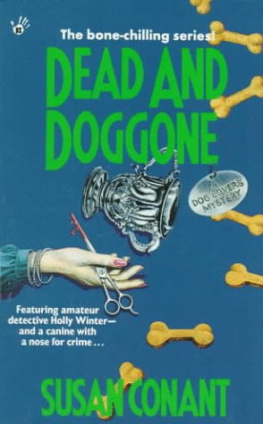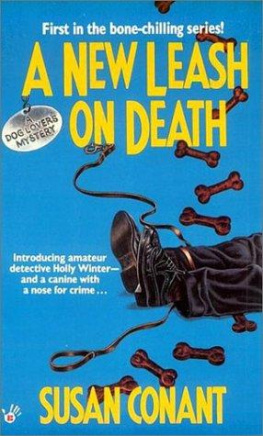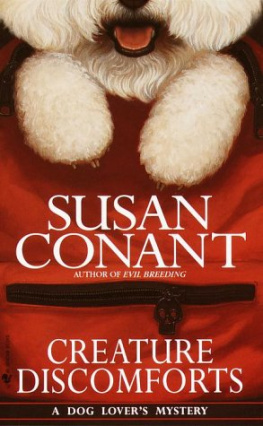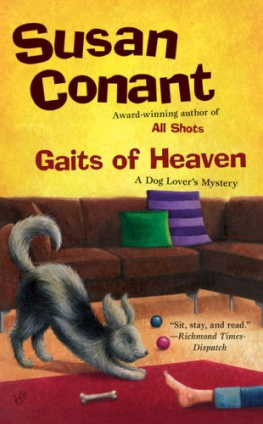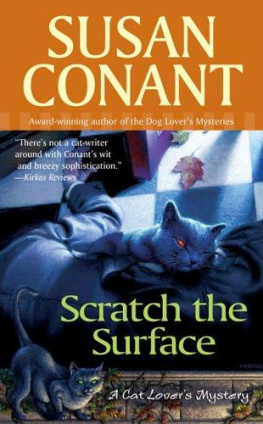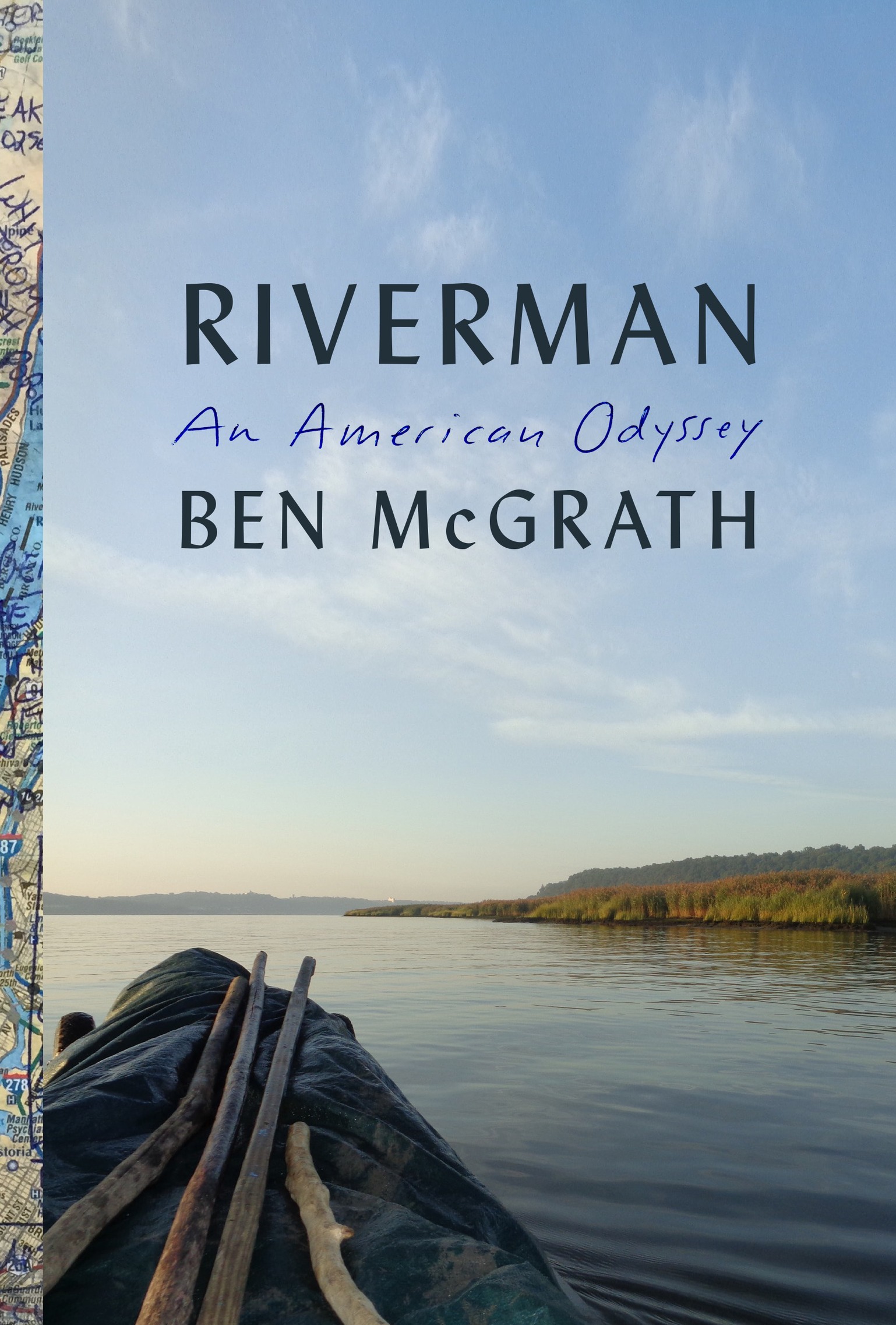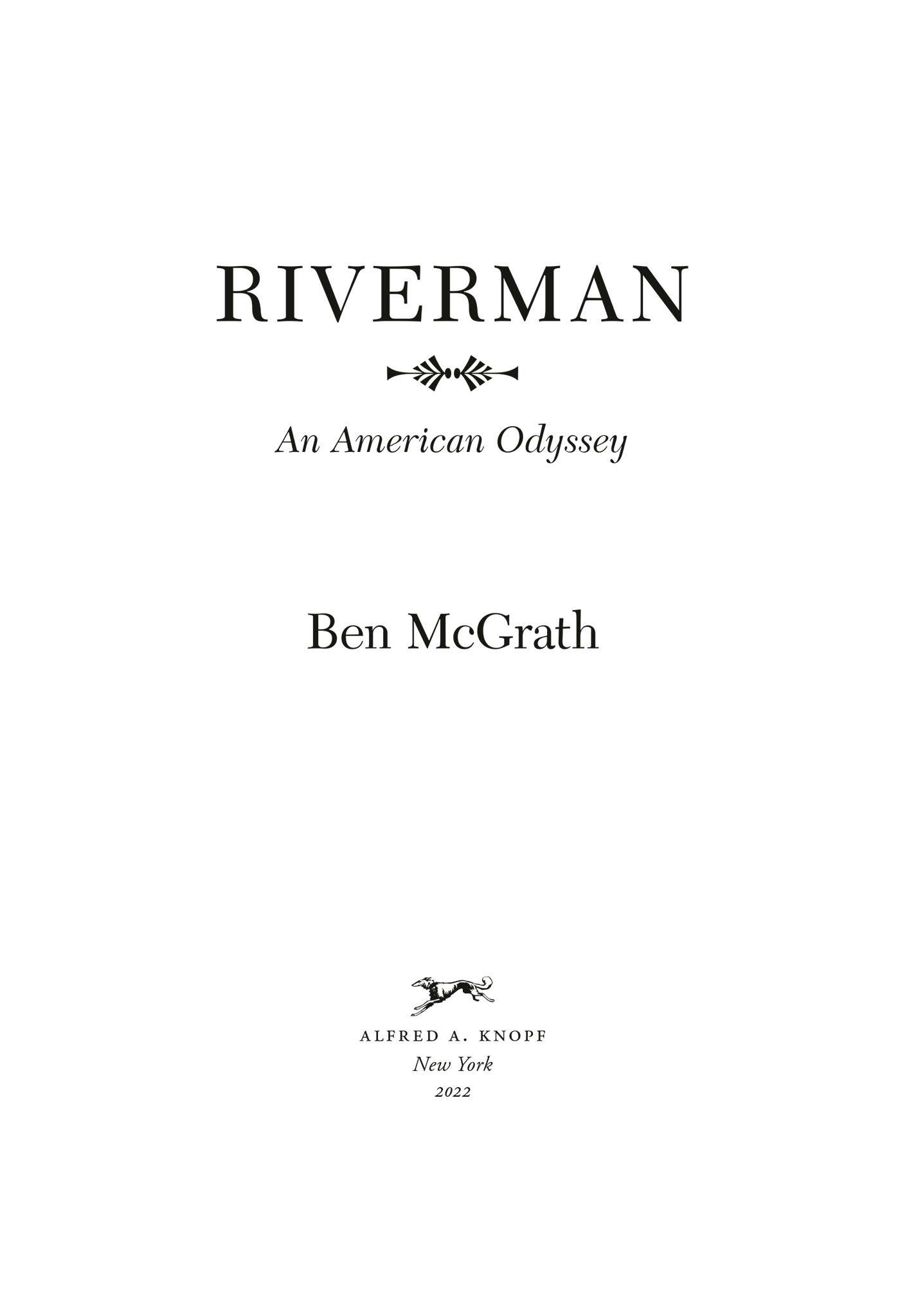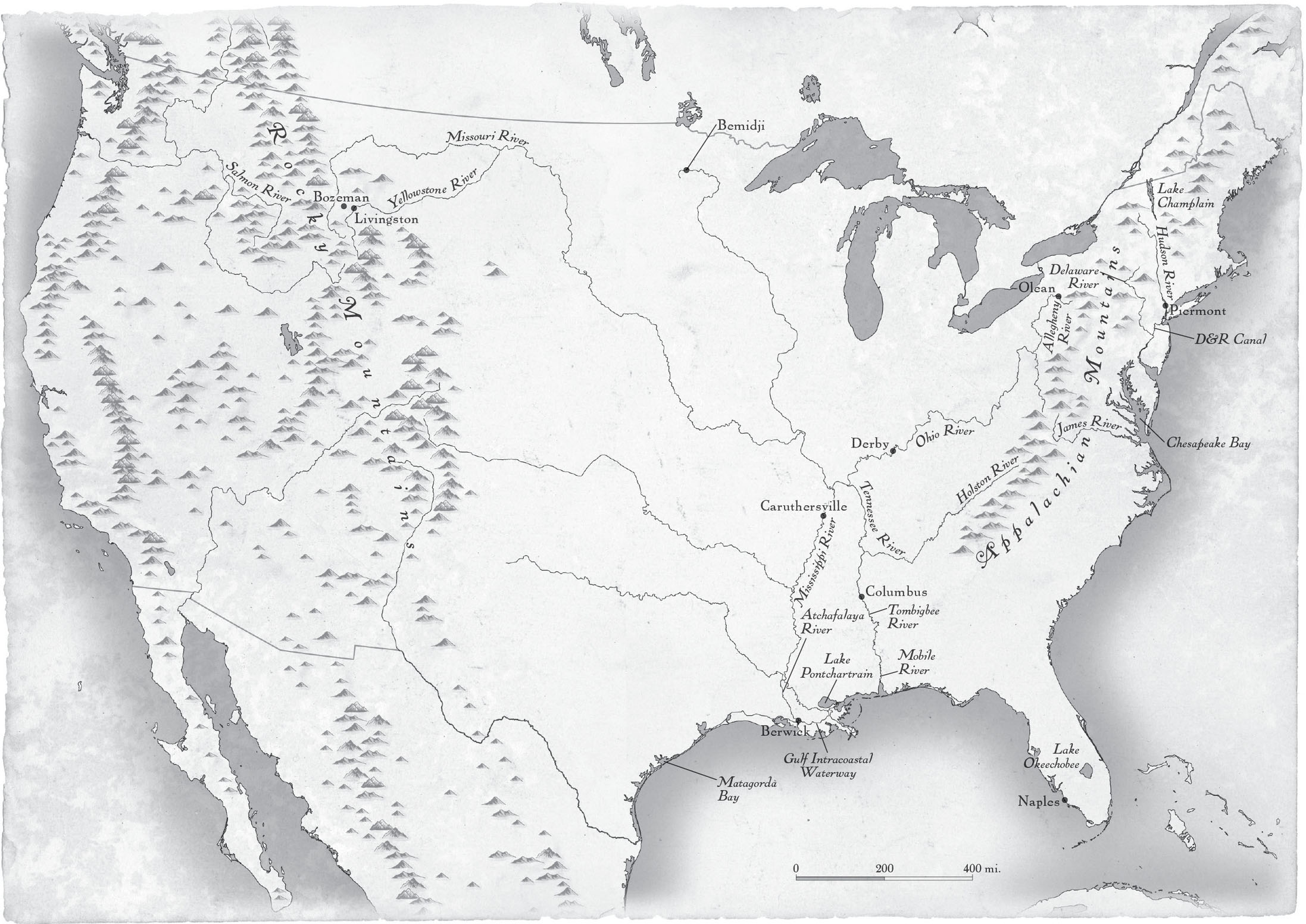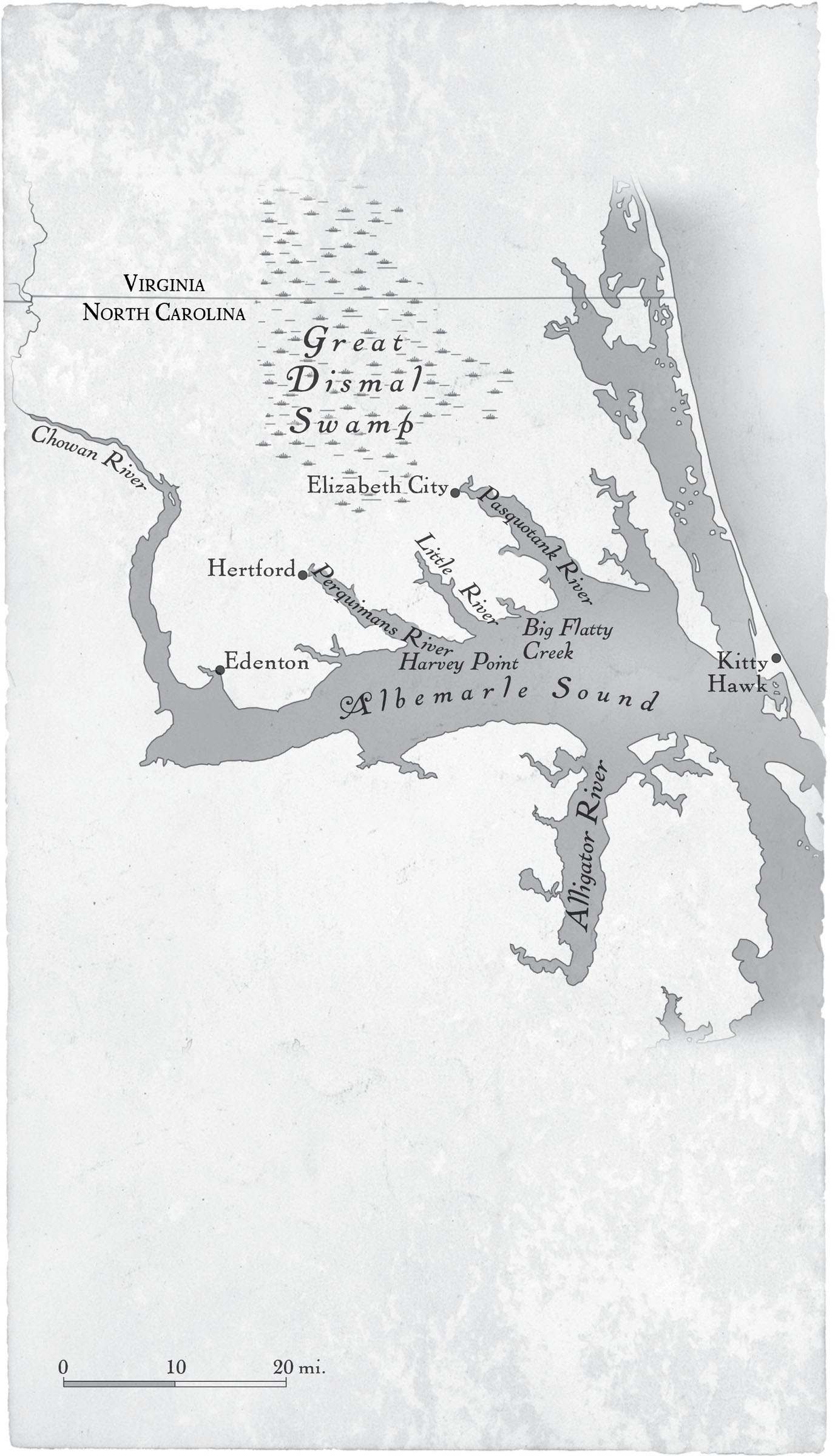THIS IS A BORZOI BOOK PUBLISHED BY ALFRED A. KNOPF
All rights reserved. Published in the United States by Alfred A. Knopf, a division of Penguin Random House LLC, New York, and distributed in Canada by Penguin Random House Canada Limited, Toronto.
Knopf, Borzoi Books, and the colophon are registered trademarks of Penguin Random House LLC.
Names: McGrath, Ben, author.
Title: Riverman : an American odyssey / Ben McGrath.
Description: First edition. | New York : Alfred A. Knopf, [2022]
Identifiers: LCCN 2021021709 | ISBN 9780451494009 (hardcover) | ISBN 9781101973615 (paperback) | ISBN 9780451494016 (ebook)
Subjects: LCSH : Conant, Richard Perry. | Canoes and canoeingUnited States. | Adventure and adventurersUnited StatesBiography. | Canoeing accidentsUnited States.
Classification: LCC GV 782.42. C 67 M 34 2022 | DDC 797.122092 [ B ]dc23
All other images are from Dick Conants personal collection.
Maps by Mapping Specialist Ltd.
When you get sold a lemon you make lemonade. Dont cry over spilt milk. Lap it up. Dont be a fuddy-duddy. Dont be a habbernow throwing a habdab. Dont be a crybaby bellyacher. DO something. Hold your head up high. Take a walk in the sun. Eat chocolate. Swim in the water and paddle down the river. Thats the ticket. Thats the way. Thats the Tao. Persevere. Hah! And now, for something mildly amusingmy journey.
Prologue
A streak of red on the shore: whatever it was, it hadnt been there on Thursday, the last time Barry Lowry went fishing for stripers. It was Saturday morning now, the end of a stormy late-November week in 2014. Lowry, a North Carolina soybean farmer, and his six-year-old son, Brayden, had just reached planing speed when they noticed the unfamiliar object. Lowry idled his engine, raised a pair of binocularsOh, crap! he mutteredand then lowered them. Trying not to alarm Brayden, he reached for his CB and radioed Grover Sanders, a fellow farmer whod been out hunting ducks since dawn. Sanders had thirty years on Lowry, and an untrimmed white beard that conveyed authority.
Can you come down here for a second? Lowry asked.
Boy, what are you doing? Sanders said. This wasnt the first time Lowry had sought his help on the water.
I see something by the stumps that looks like a boat, and Im not going over there by myself.
Oh, Lord.
Sanders recommended, instead, that the Lowrys retreat and join him in his skiff for a group inspection.
The stumps were cypress knees that perforate the northern shore of Albemarle Sound, giving the water the color of tea. Sanders had been out that wayjust east of the mouth of Big Flatty Creekthe previous evening, at dusk, and saw nothing amiss. So it come up during the night, he said.
Approaching slowly, they could see now that the red object was an overturned canoe. Sanders eyed the scene warily from a semicircular perimeter for fifteen minutes, while trying to steer clear of the stumps, a couple of which had snagged the errant boat. Ropes pulsed beneath it. They formed a kind of loose cage, trapping bagsor, as Sanders soon discovered, bags within bags within knotted bags, containing enough air that they amounted to a flotation device. Fearing what else might turn up when they righted the canoe, the two men ordered Brayden into the skiffs stern. Then Sanders unsheathed a knife and began to saw at the ropes.
Reliefthere was no trace of a bodygave way to confusion. A paddle was secured lengthwise, along the canoes starboard gunwale, so tight that it would seem not to have been in recent use. A spare? They scanned the nearby coast, fronting a thousand or more acres of swampy cypress and gum forest. Nothing. Behind them, to the south, lay a full horizon of sloshing, brackish water. Sanders called his friend Randy Cartwright, the Pasquotank County sheriff, on his cell phone. They dragged the canoe, which was made of plastic, up onto the skiff, over the bow, along with as many of the bags as they could fit, and headed inland, via a narrow canal, passing the rickety docks and large oyster middens of a shellfishing operation called Frog Island. A sheriffs deputy and two officers of the North Carolina Wildlife Resources Commission, John Beardsley and Chase Vaughan, met them there and began combing through the effects, looking for clues.
No one had been reported missing in Pasquotank or its neighboring counties. The sheer quantity of maps and other gear packed into the canoe suggested a long voyage. So did a collection of sodden newspapers from towns nowhere close. The Poughkeepsie Journal. The Times of Trenton. They were dealing with a worldly voyager, from the looks of things: here was an interview with the economist Paul Krugman, clipped and saved from Princeton Magazine; and there was an issue of The New Yorker from a dozen weeks back. One of the mapsa bicycle map, of Plattsburgh, New Yorkhad some handwriting in the margins. The deputy studied it closely.
A businessman goes down to the river with a bottle of pills and liquor, intent on suicide. He gets nice and comfortable on a blanket when the landowner arrives carrying a shotgun. What are you doing on my land? Suicide. Say, may I borrow your gun? Itd be quicker than pills. Sure, here. So the businessman shot the farmer, thought twice about it, and kept the gun.
But there were no weapons in evidence. Recovered artifacts included seventeen toothbrushes, fourteen Chapsticks, six cigarette lighters, a sewing kit, a socket, a digital camera, three Louis LAmour novels, a mud-caked Samsung flip phone, two thumb drives, eleven pens, a deck of playing cards, a marine radio, a four-foot extension cord, two CVS key fobs, John Paul Jones: A Sailors Biography. A Dell laptop case contained no laptop. When the contents had been inventoried and hung out to dry in a storage shed, using the severed ropes as makeshift clotheslines, they occupied two full trailer bays. Packing it all into a fourteen-foot canoe came to seem like an engineering marvel, as remarkable in its way as the vessels unheralded arrival in such remote country.
The phone, when it was finally charged and turned on, flashed a message indicating an account balance of $0.00. The last incoming call, from a number in Bozeman, Montana, was logged on September 20, 2011, more than three years earlier. The last outgoing call, to Livingston, Montana, was November 24, 2011.
Receipts and other assorted documents bore notes and inscriptions, written in blue and black ink:

